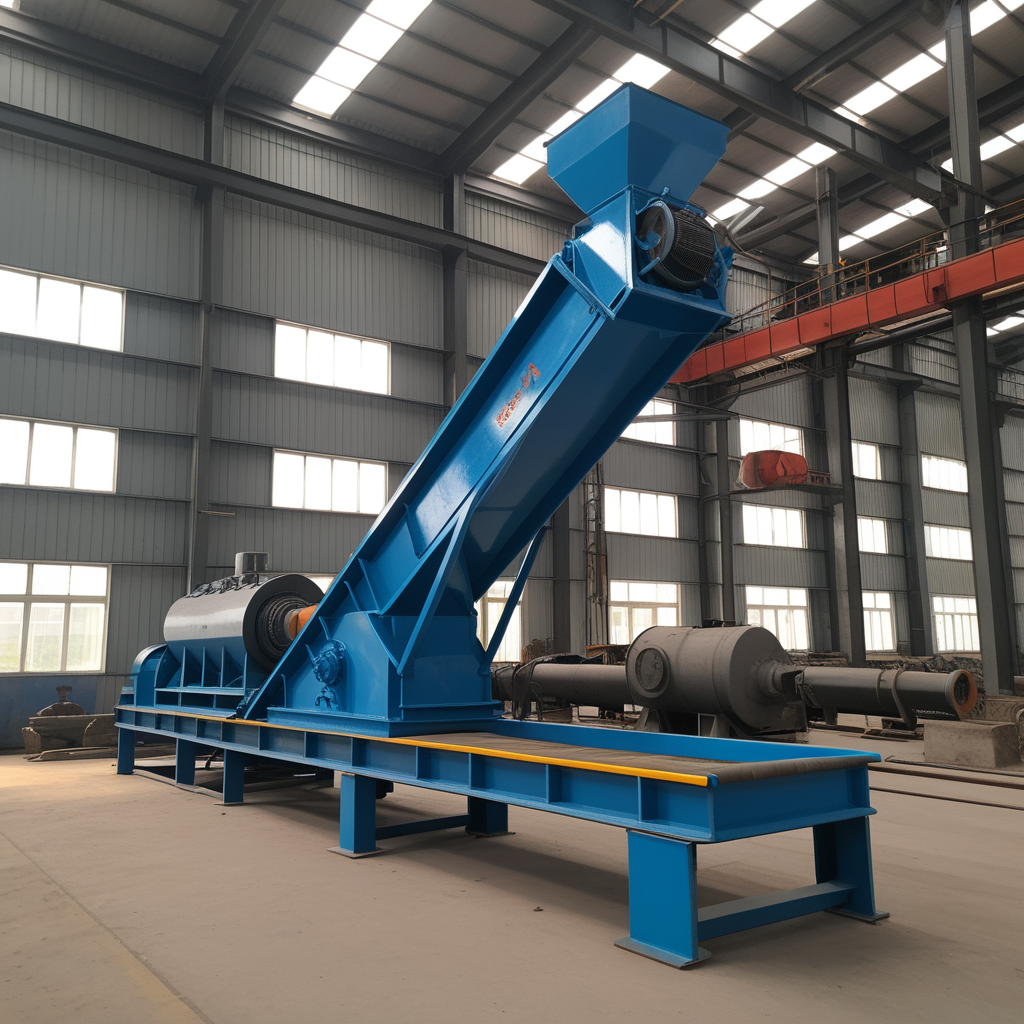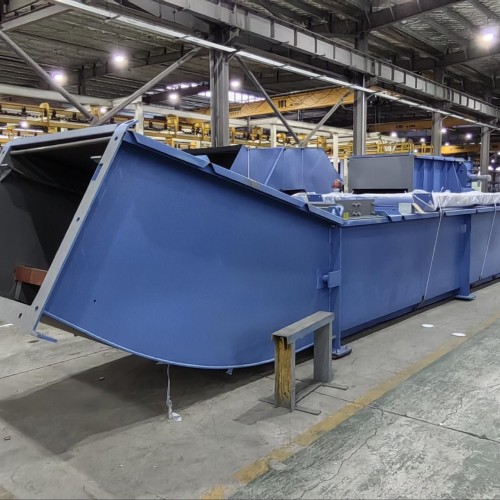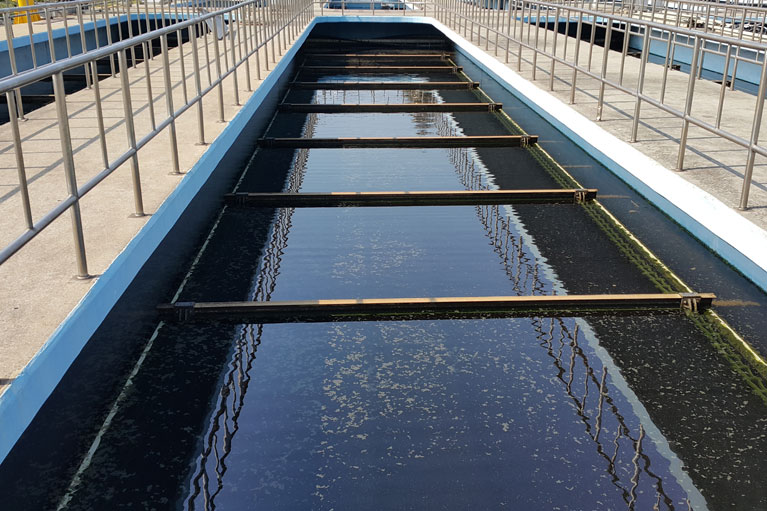
Bottom Ash Conveyors
Bottom Ash Conveyors: Overview and Types
Bottom ash conveyors are integral to the bottom ash handling system in coal-fired power plants, waste-to-energy plants, and other facilities that produce bottom ash from combustion processes. These systems are designed to remove, transport, and process bottom ash efficiently while minimizing dust, cooling the ash, and reducing wear on the equipment.
Bottom ash is the heavy, coarse residue that remains after the combustion of coal or waste. It must be handled carefully to prevent clogging, ensure environmental compliance, and optimize the power plant’s efficiency.
Types of Bottom Ash Conveyors
There are several types of bottom ash conveyors that are used based on the specific needs of the plant, the type of ash, and the operational conditions. The key types include:
- Submerged Scraper Conveyors (SSC)
- As previously described, Submerged Scraper Conveyors use a submerged water-filled trough to cool the bottom ash and suppress dust while transporting it using scraper blades attached to a chain.
- Advantages:
- Dust-free operation.
- Efficient cooling of hot ash.
- Continuous operation.
- Low maintenance.
- Corrosion and abrasion resistance.
- Drag Chain Conveyors
- Drag chain conveyors are used for moving bottom ash in a horizontal or inclined direction. These conveyors use a chain with flights or paddles to drag the ash along a trough.
- Advantages:
- Suitable for handling heavy, coarse ash.
- Can operate on horizontal or inclined paths.
- Requires less water and space compared to submerged conveyors.
- En-Masse Conveyors
- En-Masse conveyors use a series of drag chains to move the ash in bulk, often in a closed-tube system that minimizes spillage and dust. The conveyor operates with multiple chains moving together in a confined space, creating a mass flow of ash.
- Advantages:
- Handles large quantities of ash.
- Can be used for both horizontal and inclined paths.
- Effective at preventing material spillage and dust.
- Flight Conveyors
- Flight conveyors have flights attached to a continuous chain. The flights move the bottom ash through a trough, lifting and pushing the material along the path. These are often used in combination with water or air to assist in moving the ash.
- Advantages:
- Simple, reliable design.
- Suitable for conveying large quantities of bottom ash.
- Typically cost-effective.
- Vacuum Conveyors
- In some cases, vacuum conveyors are used to transport fine bottom ash particles in a pneumatic system. The vacuum system draws ash through tubes and directs it to storage or disposal.
- Advantages:
- Effective for handling fine particles of bottom ash.
- Minimizes environmental contamination by capturing airborne ash.
- Can transport ash over longer distances.
- Pneumatic Conveyors
- Pneumatic conveying systems use air or other gases to transport bottom ash through pipelines. These systems are most suitable for fine ash or mixtures of fine and coarse materials.
- Advantages:
- Suitable for transporting fine, dry ash.
- Minimal water usage.
- Can handle long distances and difficult layouts.
Choosing the Right Bottom Ash Conveyor
The selection of the appropriate bottom ash conveyor depends on several factors:
- Type of Ash: The particle size, moisture content, and temperature of the ash will determine the best conveyor type. Coarse, heavy bottom ash typically requires drag chain conveyors or submerged scraper conveyors, while fine ash may be better suited for pneumatic or vacuum conveyors.
- Distance and Elevation: Depending on how far and how high the ash needs to be transported, horizontal, inclined, or vertical conveyors may be necessary.
- Environmental Regulations: Dust suppression and safe handling are critical in ensuring compliance with environmental standards. Systems like submerged scraper conveyors and vacuum conveyors are highly effective at reducing airborne ash.
- Maintenance and Durability: Heavy-duty ash will require conveyors with durable components like stainless steel and abrasion-resistant parts. The maintenance requirements of the system should also be taken into account to minimize downtime.
- Energy Consumption: Some conveyor systems, such as pneumatic conveyors, may consume more energy due to the need for air or vacuum generation. Drag chain and scraper conveyors, on the other hand, may have lower energy consumption.
Advantages of Bottom Ash Conveyors
- Efficient Ash Removal: Conveyors help remove bottom ash from the combustion area efficiently, preventing accumulation and ensuring that the power plant runs smoothly.
- Dust Suppression: Many conveyor systems, particularly submerged conveyors, help suppress dust and minimize environmental impact, reducing the health and safety risks associated with airborne ash particles.
- Temperature Control: Conveyors, particularly submerged scraper conveyors, help cool down hot bottom ash, which is important for safety and preventing damage to the system.
- Continuous Operation: Bottom ash conveyors are designed to operate 24/7, ensuring that ash is constantly removed from the boiler and transported to the storage or disposal area without disruption.
- Environmental Compliance: These systems help meet environmental regulations regarding emissions, water use, and dust control, ensuring compliance with air quality and water quality standards.
- Flexibility: Depending on the plant layout and the type of ash, different conveyor systems can be used, including horizontal, inclined, and vertical configurations.
- Long Lifespan: Most bottom ash conveyors are built to last, using durable materials like stainless steel to handle the abrasive nature of ash and the harsh conditions of power plant environments.
Applications of Bottom Ash Conveyors
- Coal-Fired Power Plants: These plants produce large amounts of bottom ash, which must be efficiently removed and transported to prevent interference with plant operations.
- Waste-to-Energy Plants: In these facilities, bottom ash is produced from the incineration of municipal solid waste. Conveyors handle this ash and transport it to disposal or recycling areas.
- Cement Production: Bottom ash produced during the combustion of waste materials in rotary kilns is conveyed for further processing or disposal.
- Metallurgical Plants: Steel mills and other metallurgical facilities generate slag and bottom ash that must be removed and transported using conveyors.
- Incineration Facilities: In waste incinerators, bottom ash conveyors are used to handle the byproducts of combustion and transport them for further processing or disposal.
Conclusion
Bottom ash conveyors are essential in power plants, incineration facilities, and industrial applications to handle the byproducts of combustion. The choice of conveyor system depends on the nature of the bottom ash, the layout of the plant, and environmental and operational considerations. Whether you opt for a submerged scraper conveyor, drag chain conveyor, or pneumatic system, the goal remains the same: efficient, reliable, and safe transport of bottom ash while minimizing environmental impact.
If you need further assistance or a custom solution for your bottom ash handling system, feel free to reach out!
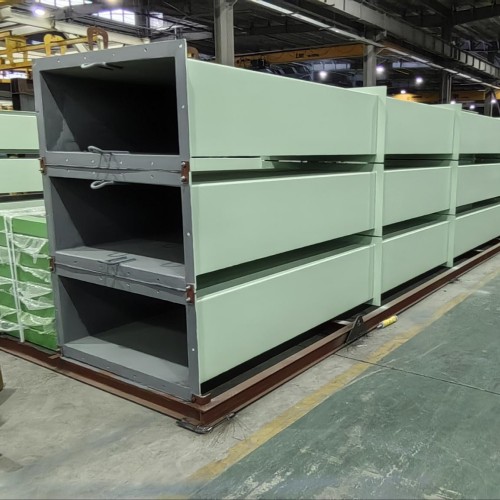
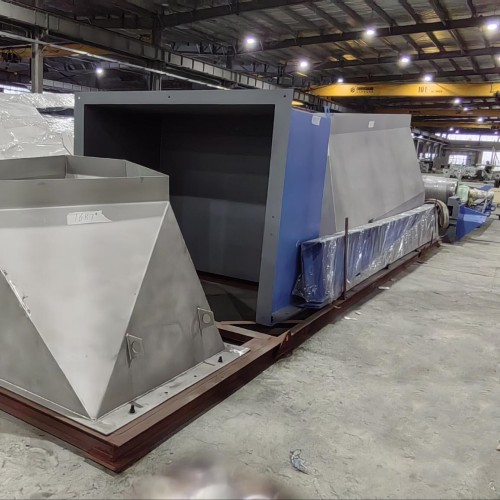
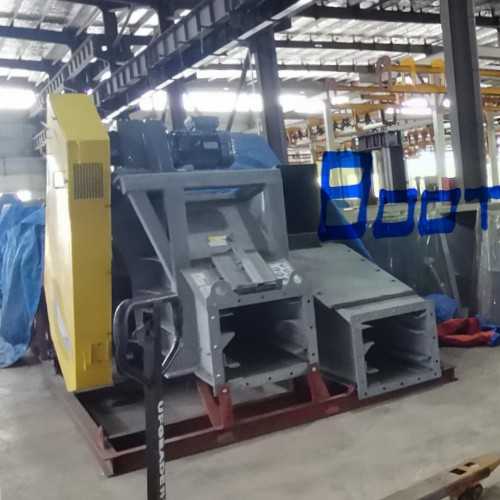
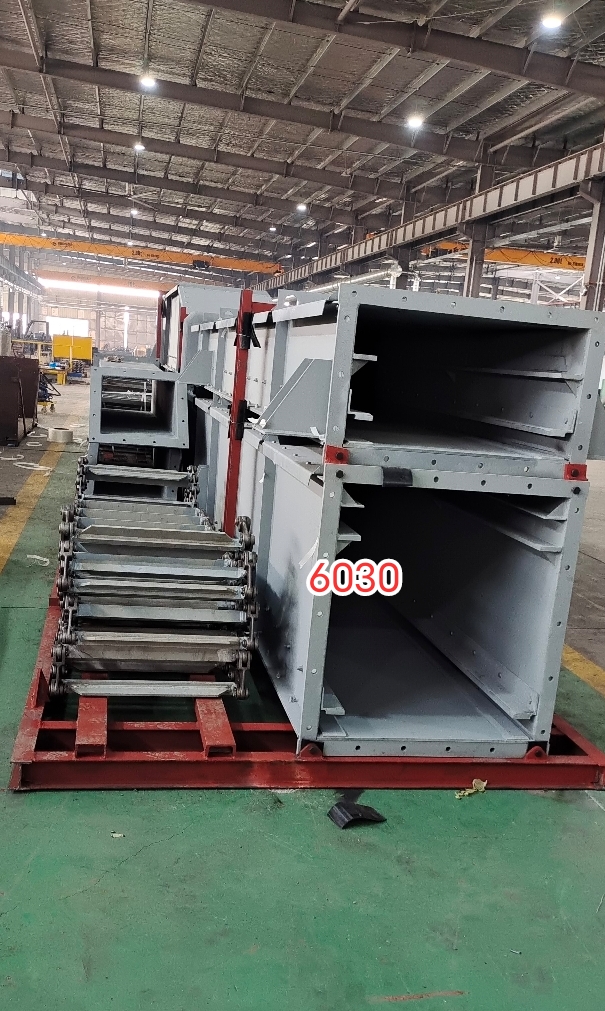
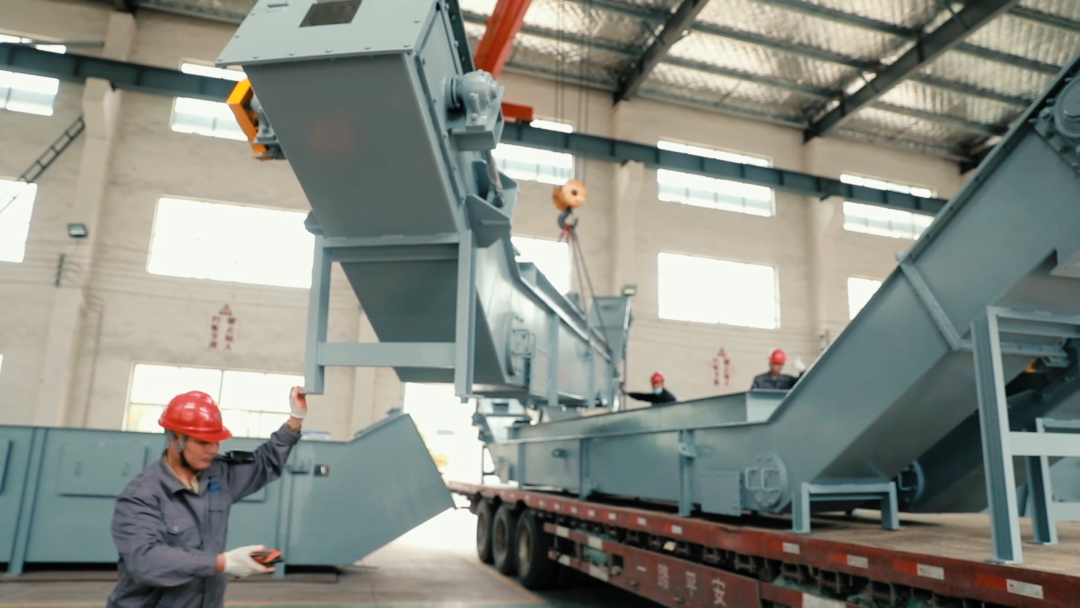
|
Model |
BG500S |
|
Chute Width (mm) |
500 |
|
Chute Depth(mm) |
500 |
|
Capacity (m3/h) |
30m3/h |
|
Chain Speed (m/s) |
0.12 |
|
Chain Pitch(mm) |
(P1/P2) P=142mm/200mm |
|
Conveyor Length (m) |
5.9<L≤40 |
|
Scraper size(mm) |
142×470×50mm |
|
Transport Material Thickness (mm) |
150mm |
|
Installation Angle (degree) |
≤15° |
|
Motor Power Kw |
7.5 |
|
Drive Installation Type |
Back Mounted (Left/Right) |
|
Transmission Type |
Chain Drive |
|
Ideal Granularity (mm) |
<10 |
|
Maximum Humidity (%) |
≤5% |
|
Maximum Temperature(˚C) |
≤150˚C |
|
Model |
BG640S |
|
Chute Width (mm) |
640 |
|
Chute Depth(mm) |
500 |
|
Capacity (m3/h) |
50m3/h |
|
Chain Speed (m/s) |
0.12 |
|
Chain Pitch(mm) |
(P1/P2) P=142mm/200mm |
|
Conveyor Length (m) |
3.39<L≤30 30≤x≤40 |
|
Scraper size(mm) |
142×600×50mm |
|
Transport Material Thickness (mm) |
200mm |
|
Installation Angle (degree) |
≤15° |
|
Motor Power Kw |
7.5 |
|
Drive Installation Type |
Back Mounted (Left/Right) |
|
Transmission Type |
Chain Drive |
|
Ideal Granularity (mm) |
<10 |
|
Maximum Humidity (%) |
≤5% |
|
Maximum Temperature(˚C) |
≤150˚C |

